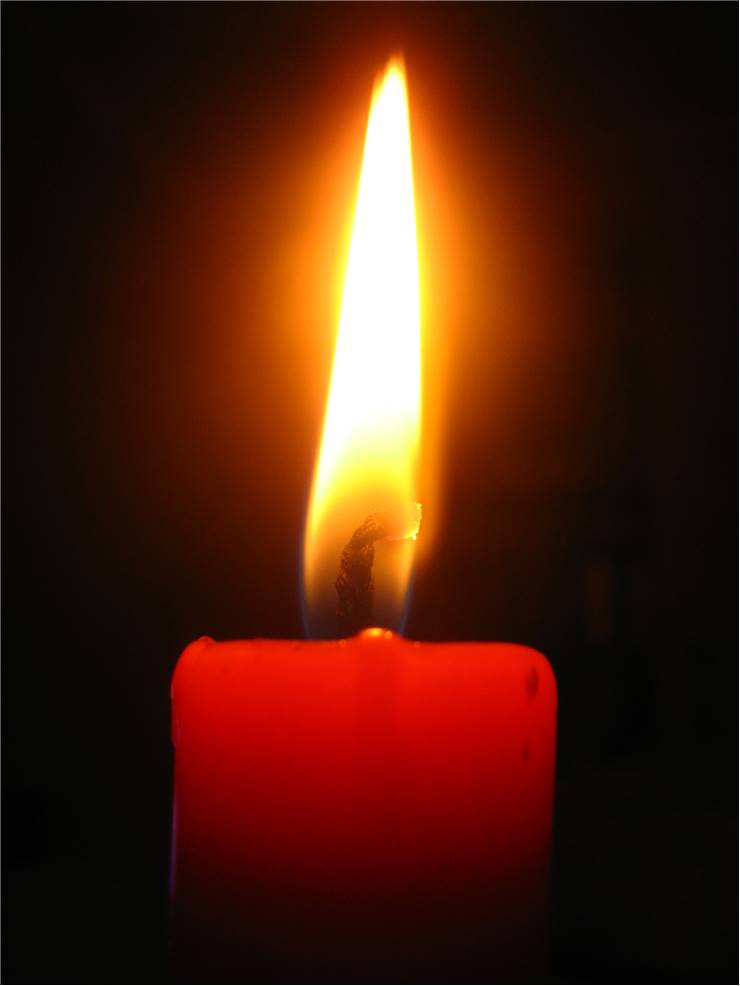History of Candles - Development and History of Candle Making
Although it is one of the oldest light sources, candle did not change much throughout the history. It is basically a mass of wax or some other fuel through which is embedded wick which, when lit, produces light. They are used for illumination and sometimes for heating. There is evidence that the earliest candles were made from whale fat in China during the Qin Dynasty, some 200 years B.C. In India, about the same time, they were made from wax that was a residue of boiling cinnamon. After that many of the fuels and materials for wicks are tried. One of the most common materials people used for fuel is beeswax. It was used from 40BC in China until the discovery of synthetic materials. Those from 40BC China were made in paper molds with rice paper wicks. One of interesting variants of candle dates from 1st century and is made from a type of fish called eulachon which is nicknamed “candlefish”. During spawning, its body fat is so high that, if caught and dried, it can be lit and used as a candle. Nomadic tribes were first to make candles in Europe during the late Roman era. Candles they made were made from tallow or animal fate because olive oil (that Romans used for lamps) was almost nonexistent in the northern regions of Europe. When Roman Empire fell, so did the amounts of olive oil that were available to the regions that were under it so the candles made from tallow spread across the Western Europe.
It was like this until the 18th century when whaling began. It was found that spermaceti, crystallized oil of sperm whale could replace tallow. It produces brighter light, it was available in great quantities and it did not produce bad smell, unlike tallow. After that, some other materials were found that didn’t include hunting of whales like: colza oil derived from turnip and oil made from rapeseed that also gave smokeless light. In 1850s, James Young refined paraffin wax by distilling coal. Paraffin wax is white wax that burns clearly, it does not have bad odor and it is cheap so it can be produced in great numbers. Because of that, it became common commodity in households.

Wick was also improved. It was made from paper, flax, hemp and cotton with different times of burning and with necessity to trim wicks to the braided cotton, wicks infused with chemicals that control speed of burning and wicks that coil when burn and with that trim themselves.
Except for lightning candles can be used as timers because they have relatively steady burning rate. Candle timers are marked on the outside with lines that represent hours (or in case really big ones - days). They can tell time if weights are imbedded at the marks. When candle burns to the mark, melted wax would release weight that would fall on a metal plate and mark the time interval with a sound.
Although not a major light source now, candles are still here as a decorative items and a light source in emergency situations. They are used for celebrations (birthdays, religious rituals), for making atmosphere (dinners and other occasions; plain, colored and scented) and as a decor.

